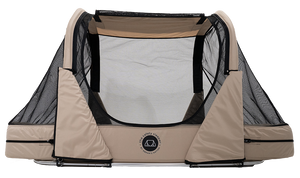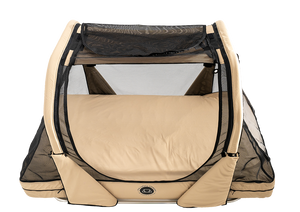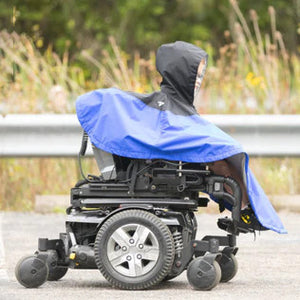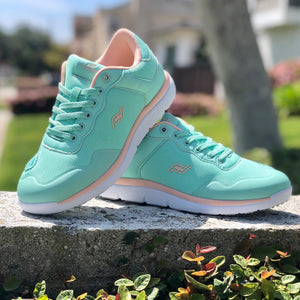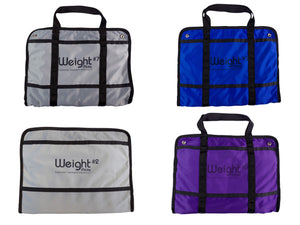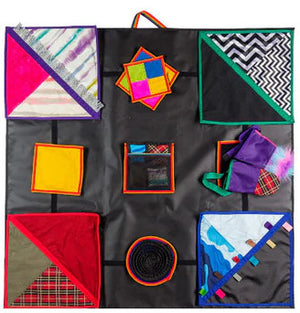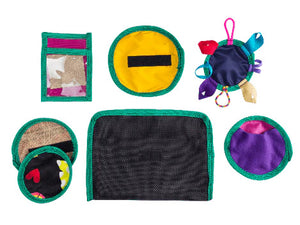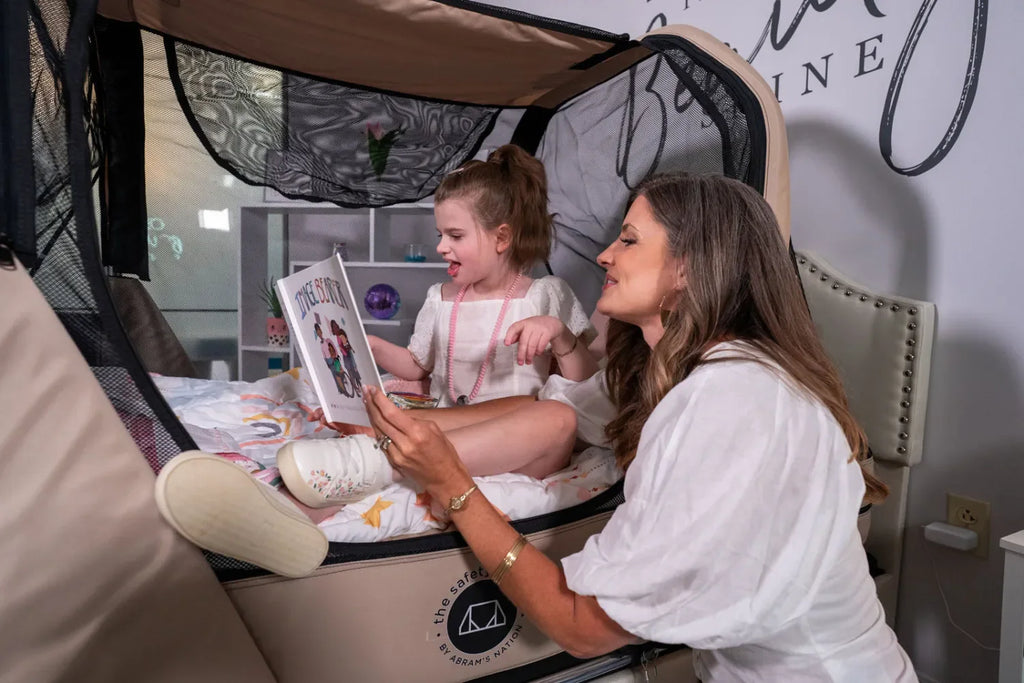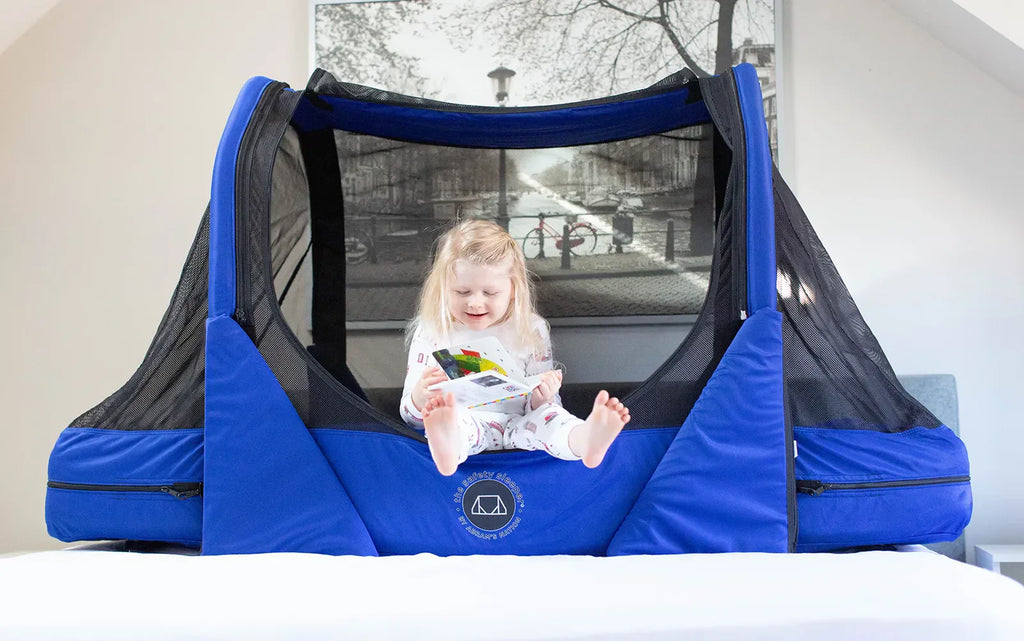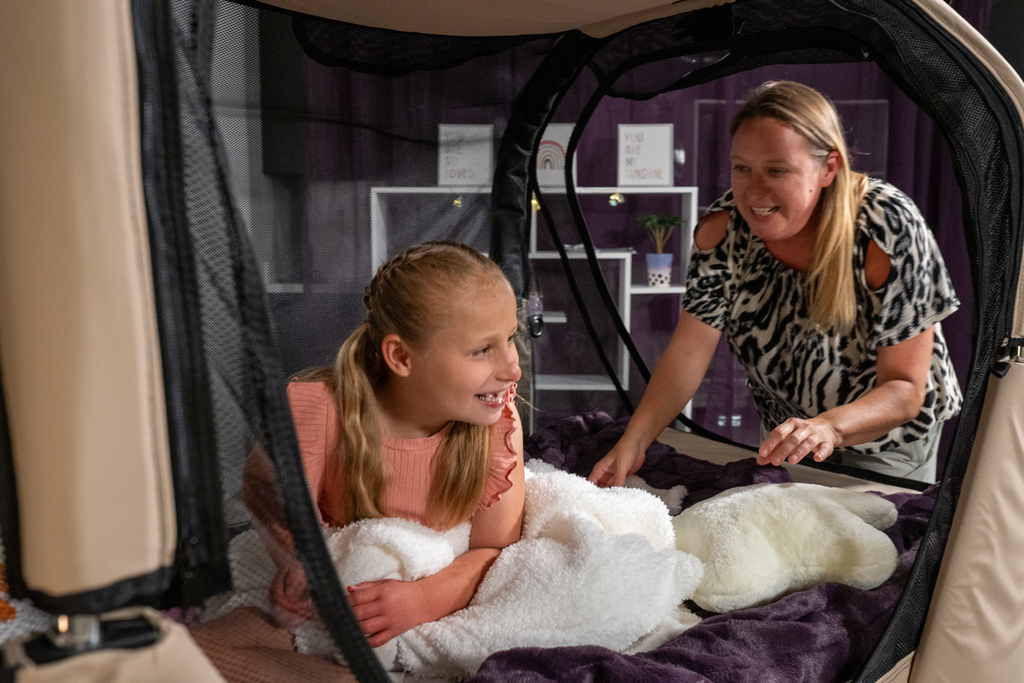Choosing a special needs safety bed is a deeply impactful decision that affects not only your child’s safety and comfort but your entire family’s well-being. The right bed can help your child sleep more safely, make nighttime routines easier, and allow you to rest with confidence. As caregiver Tari W. shared:
“I’ve had my Safety Sleeper for 3 years… what a peace this brings! I know my little guy is safe and I can actually truly sleep, which means I can take even better care!”
A reliable safety bed becomes more than just equipment; it becomes part of your care system, offering comfort and support that lasts for years. Continue reading to learn how to choose the right special needs safety bed for your child.
Factors to Consider When Choosing a Safety Bed
Not all safety beds offer the same level of support, adaptability, or caregiver convenience. As you weigh your options, consider how each bed addresses key areas, including:
Here’s a brief overview of some essential factors to consider when choosing a safety bed for your child.
1. Size Options and Long-Term Adaptability
Safety beds come in various sizes and configurations, and choosing one that can grow with your child is important. Consider whether the bed is available in multiple sizes. For example, The Safety Sleeper® 200 Model is available in twin, twin XL, full, or queen sizes.
You should also consider whether the bed has helpful features, like washable parts or adjustable entry points. A lower bed height can support independent access, while optional side entry or end entry openings may suit different room layouts or caregiver needs.
2. Medical and Sensory Compatibility
Children with medical or sensory needs may require more specific features from their safety bed. Look for access points that accommodate feeding tubes or other equipment, and consider whether the bed is compatible with lifts or other assistive devices.
Padding can provide additional protection, and breathable or transparent sides may offer visual reassurance.
The Safety Sleeper® includes optional features like zippered access ports, vinyl panels, and interior padding, which may be helpful depending on your child’s needs. Be sure to consult your medical provider before making a final decision.
3. Ease Of Use and Convenience
Some safety beds are designed for stationary use, while others offer portability that can be helpful for shared custody, travel, or multi-home situations. Consider how easily the bed can be assembled, disassembled, or transported.
You’ll also want to consider how accessible the bed is when offering nighttime comfort, or whether your child prefers to see a doorway or a familiar item while falling asleep.
The Safety Sleeper® was developed with travel, visual comfort, and caregiver flexibility in mind, but all beds differ, so it’s worth comparing these practical features as part of your selection process. That balance of design and functionality makes a real impact, as one expert shares:
“I love using The Safety Sleeper® enclosure beds with my clients! They are easy to assemble, safe, and look great in the home environment without standing out or looking intimidating. I have had lots of success with both users and family members who report that the visibility, easy access, and user-friendly design change bedtime routines for the better, giving greater peace of mind. The wheeled suitcase is one of my favorite included components for families to feel less limitations when considering travel with The Safety Sleeper® enclosure beds. I can’t recommend them enough.”
— Rachel Mackeigan, RRTS® Seating and Mobility Specialist
Related: 12 Tips for Traveling With A Child With Special Needs
Choosing an Adaptable Safety Bed For Your Child With Special Needs
When researching beds for individuals with special needs, most families start with the same question: Will this keep my loved one safe?
However, once you compare features, functionality, and design, another important question often emerges: Who is behind this product, and do they truly understand our needs?
Every detail of The Safety Sleeper® reflects the lived experience of caregiving. Our founder, Rose Morris, built the first The Safety Sleeper® for her son, Abram, and that heart-led mission still guides our work today. We don’t just build beds, we build trust with families who need solutions they can count on through every season of life.
What sets us apart:
-
Washable Parts and Replaceable Safety Bed Accessories: Designed to evolve with your family’s needs, from growth spurts to room changes to routine adjustments.
-
Repair and Loaner Programs: When things break, we don’t leave you waiting. Our repair service and loaner program help ensure continuity and peace of mind.
-
Future-Friendly Customization: Whether it’s medical access points or fabric preferences, The Safety Sleeper® can be personalized to fit your unique needs.
These programs and services make a real difference to our customers. As one parent shared:
“The customer service that I received is not something that you see every day. I had question after question answered quickly. I was given ideas on where to look for funding assistance and advice on insurance.
I would highly recommend this company and this bed.”
— Brittaney Cride
It’s stories like Brittaney’s that fuel our commitment to making sure your family is supported. With The Safety Sleeper®, you get a responsive team that understands caregiving, delivers quality, and walks alongside you for the long haul.
Browse The Safety Sleeper®
Whether you’re navigating medical concerns, sensory sensitivities, or simply looking for peace of mind, The Safety Sleeper® is built to support you every step of the way.
With medical-grade materials, travel-ready features, and a team that understands caregiving firsthand, The Safety Sleeper® has earned the trust of families around the world. Our goal is to make life a little easier, safer, and give families more comfort and confidence at night.
If you have questions or need guidance, our customer care team is here for you. Reach out today, we’re happy to help.

